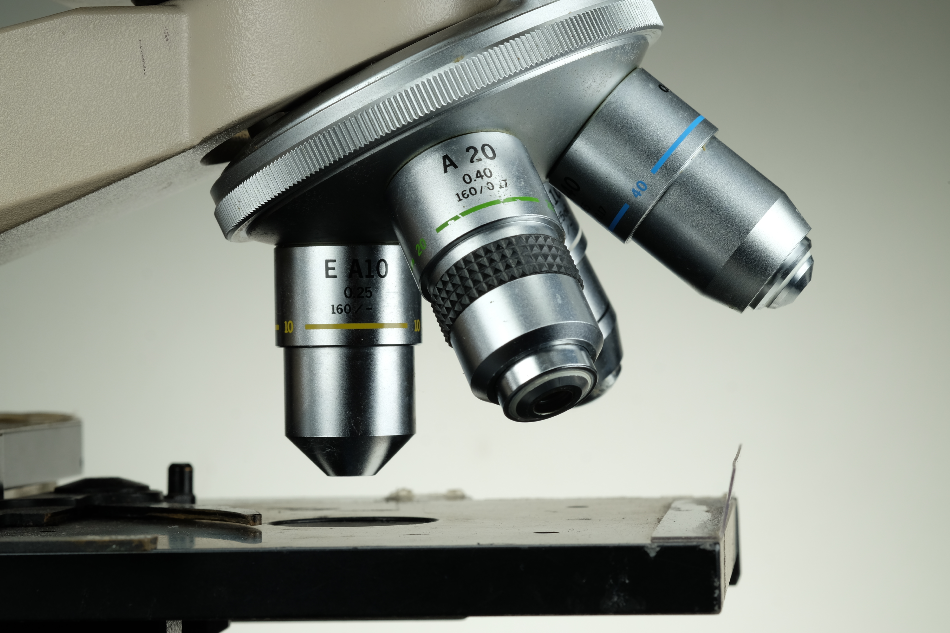Article updated on 17/03/2020

s.sermram / Shutterstock
Petrography is focused on the composition and properties of rocks, which can be classified depending on their mineral content and textural relationships. These properties can be studied using optical microscopy techniques.
Rocks contain a range of mineral species and fine structures which when studied enable scientists to visualize their micro-texture and assembly; this is critical to understanding the origin of the rock. Petrographic analysis can provide information on ore concentrates, mineral prospects, mine waste, and man-made materials; it can also clarify the mineral phases present, modal abundance, textural controls, and the estimated bearing of key elements.
Petrographic Microscope
A petrographic microscope is a type of optical microscope used to identify rocks and minerals in thin sections. Optical microscopy techniques are primarily analytical and descriptive and can be employed for all rock types – igneous, metamorphic and sedimentary – as well as consolidated materials such as glacial deposits, and anthropogenic materials like cement and mine wastes. It’s also beneficial for studying mineral deposits from ore minerals and hydrothermal mineral changes.
Petrographic microscopes, also known as polarizing microscopes, are derived from conventional brightfield microscopes. They have a circular stage, polarizer, and an analyzer, which determine the direction and the amount of light that will illuminate the sample. The polarizer focuses different wavelengths of light onto a single plane.
It may use transmitted light only or both transmitted and reflected light and is utilized in geology for detailed examinations of rock samples mounted on a thin section slide to enable mineral identification, textural analysis, fracture and fault rock study and modal analysis, and porosity characteristics.
A simple polarizing microscope can be made with optical items that don’t add undesirable polarizing effects because of strained glass, or polarization by reflection in prisms and mirrors. They can be fabricated by adding inexpensive polarizing filters to a standard biological microscope, often with one in a filter under the condenser, and a second beneath the head or eyepiece.
Applications
Petrographic analysis is an important tool to study the mineralogical and chemical composition of rocks, as well as stones on monuments. It’s also used to monitor chemical weather evolution, the result of the acid dissolution of carbonate materials and surface stone surfaces from industrial pollution.
Prospective ores can be sampled using petrographic analysis, as well as possible mine waste; to determine the suitability of aggregates, stone, and slate; regulate the current material conditions of concretes, render and mortar, and analyze smelter slags to determine metal recovery prospects.
The British Geological Survey has used petrographic analysis to study:
- Fluid-water interaction and characterization of lithographies and engineered barrier materials proposed for radioactive waste disposal and carbon dioxide capture/storage.
- Natural analog studies for radioactive waste management and carbon-storing.
- Contaminated land and mine waste materials.
- Building stones characterization and research.
Petrography is an indispensable tool for ceramic fabric analysis, specifically the analysis of the mineralogical and textural composition of ceramic objects, including clay-based archaeological and historical materials. Petrographic analysis can identify different raw materials used to make ceramic objects, ranging from clays and other materials to rock fragments and organic and inorganic temper. This enables the reconstruction of historical items and helps historians gain knowledge about the society and techniques of the time.
Scanning electron microscopy is becoming routinely employed in geological research because of its greater analytical capability. It is similar to optical microscopy, but has a higher resolution and can reveal a greater textural relationship between mineral grains. It can also provide data on the morphology and chemistry of individual grains.
Sources
Disclaimer: The views expressed here are those of the author expressed in their private capacity and do not necessarily represent the views of AZoM.com Limited T/A AZoNetwork the owner and operator of this website. This disclaimer forms part of the Terms and conditions of use of this website.